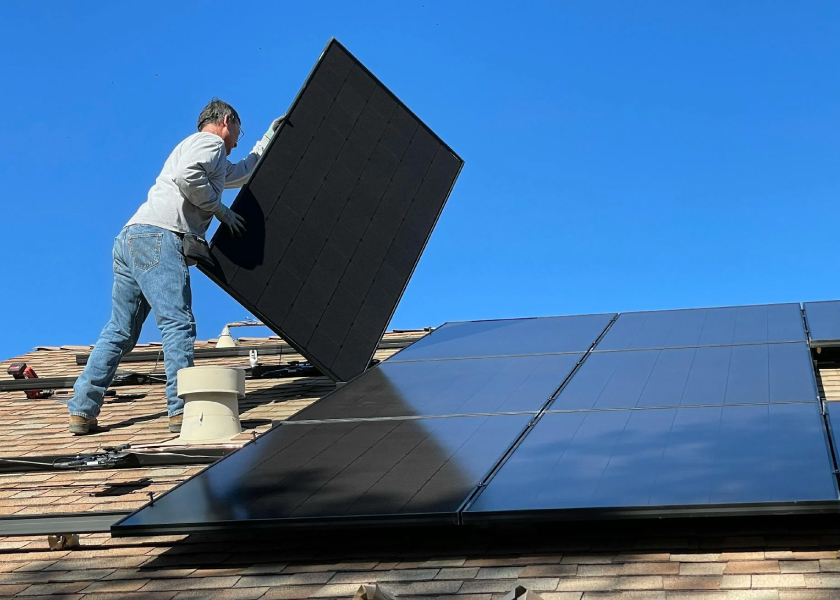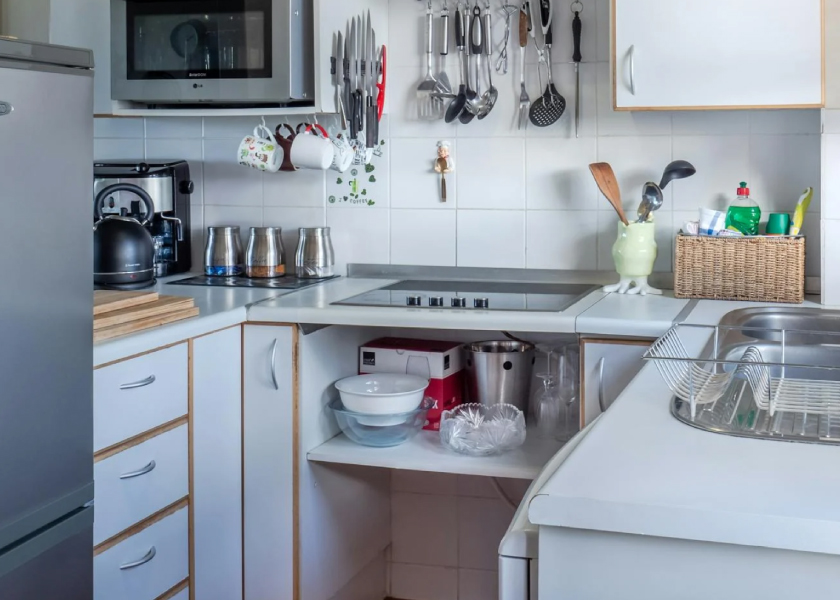Help with Overdue Bills
Ava serves over 110,000 customers who receive discounts on their energy bills because they are income-qualifying. But we know many more customers need help paying their bills, weatherizing their homes, and avoiding disconnection. You may qualify for one or more of the following programs. Follow the links below to learn more.
Energy Bill Assistance Programs
REACH provides one-time emergency payment assistance.
The Relief for Energy Assistance through Community Help (REACH) program applies payments directly to past-due utility bills of eligible families.
LIHEAP helps low-income households pay their energy bills.
The Low Income Home Energy Assistance Program (LIHEAP) is a federally funded program that offers a one-time payment to help you pay your heating or cooling bills. It can help in an emergency or energy crisis, such as utility disconnection.
PIPP helps customers save by capping charges.
The Percentage of Income Payment Plan (PIPP) helps customers save more on their bills by capping monthly electric and gas charges at a set amount, plus taxes and fees. Eligible CARE customers pay a fixed monthly amount for gas and electricity. The four-year program began in 2023 and is available to a limited number of eligible CARE customers.
AMP offers assistance with overdue bills.
Behind on your energy bill? The Arrearage Management Program (AMP) offers a debt-forgiveness payment for income-qualified customers and can reduce unpaid electric bill balances up to $8,000.
Make Your Home More Energy Efficient

Disadvantaged Communities – Single-Family Solar Homes (DAC-SASH)
This program enables income-qualified homeowners in DACs to receive no-cost rooftop solar installations.

Energy Savings Assistance Program (ESA)
This program provides a no-cost weatherization service to consumers who meet the CARE income limits.

LIHEAP Weatherization
This program provides free energy efficiency upgrades to low-income households to lower their monthly utility bills while also improving the health and safety of the household’s occupants.